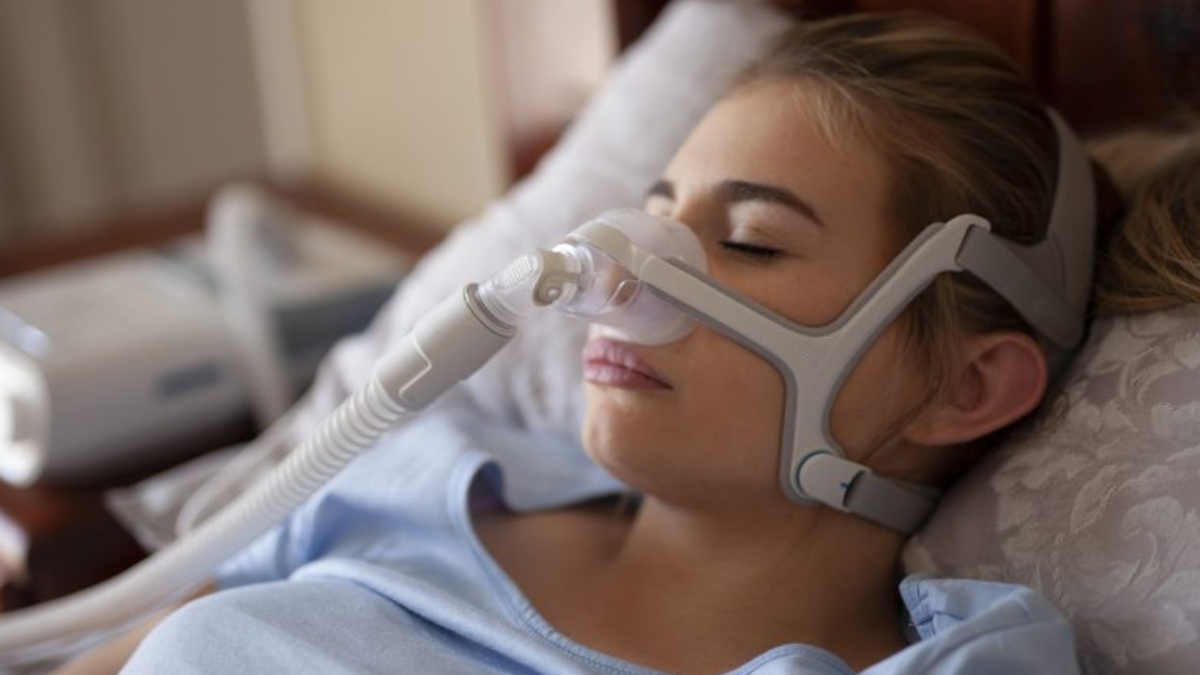Sleep apnea and hypopnea is a sleep disorder in which cessation or reduction of respiratory effort at the nostril level for a few seconds to a few minutes. It is subdivided into central, obstructive and mixed types. Obstructive sleep apnea (OSA) is the commonest subtype. A sedentary lifestyle, faulty eating habits and lack of physical activities are the predisposing factors for obesity. The collection of fat within and around the upper aerodigestive tract reduces the dimensions of airway lumen which increases the turbulence in the air current. Snoring is induced by turbulent airflow during sleep. The snoring loudness increases with severity of airway narrowing. The anatomical abnormalities (nasal, nasopharyngeal, oropharyngeal, hypopharyngeal and laryngeal) are generally responsible for OSA in young patients. Abnormal anatomy can worsen the symptoms of obesity-related OSA. The commonly found anatomical abnormalities are deviation of the nasal septum, hypertrophy of inferior turbinates, adeno-tonsillar hypertrophy, retrognathia, weak epiglottis & mass lesions of upper aerodigestive tract (nasal polyposis, bulky tongue). The reduced muscle strength secondary to the fat deposition in and around the upper aerodigestive tract is unable to maintain the adequate airway lumen required for healthy sleep. The moderate to excessive narrowing of airway lumen, easy collapsibility pharyngeal part of airway and induced negative pressure distal to the site of obstruction generates partial to complete blockage of the airway. The oxygen level in blood decreases in OSA due to reduced volume of available air for gas exchange at lung alveoli level. The arousal episodes occur during sleep due to induced signals from the brain when blood oxygen level reaches below a threshold level. Poor sleep induces excessive daytime sleepiness, morning headache, dry mouth, inattentiveness and irritability are the common presenting symptoms. OSA has a great impact on quality of life at school, working place and at home. Day time sleepiness increases the chances of road traffic and household accidents. The induced negative pressure in the airway, episodic fall in blood oxygen level affects almost all of the body systems. OSA increases the risk of stroke, and heart attack by many folds. Polysomnography helps in differentiating OSA from other mimicking diseases.
The multidisciplinary approach is required to manage the OSA. The detailed airway assessment is required from the ENT doctor for anatomical features. The site of airway narrowing is determined by a combination of clinical assessment with site localizing investigations. Apneograph, sleep MRI and DISE are investigations used by ENT surgeons to localise the site of obstruction. Site-directed surgery increases the long-term effectiveness of surgery. The majority of anatomical abnormalities are correctable by surgical intervention. Young age OSA can be completely reversed by surgical correction in abnormal anatomy patients. The severity of obesity related to OSA can be reduced by a healthy lifestyle, regular exercise, a balanced diet and correction of the sleeping position. PAP therapy is mostly followed treatment for obesity related OSA. The machine maintains the blood oxygen level during obstructive episodes but the long term compliance falls around 50 percent. The correction of abnormal anatomy can remove and/or increase the compliance of PAP therapy. Surgical success is persistent if an OSA patient follows a healthy lifestyle.
The author is Additional Professor (ENT), at AIIMS, New Delhi.






















